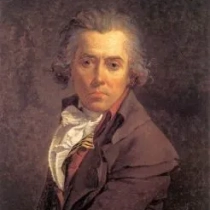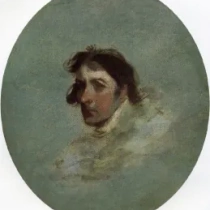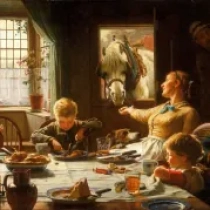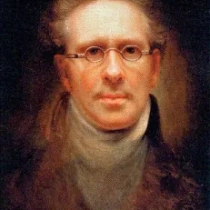 1861 - 1922
neo-classical
1861 - 1922
neo-classical
Description John William Godward
John William Godward, a British artist of the late 19th and early 20th centuries, left an indelible mark on the world of Neoclassical art. Born on August 9, 1861, in Wimbledon, London, Godward displayed an early talent for painting and embarked on a career that would see him become one of the most prominent figures of the Neoclassical movement.
Godward's artistic journey was heavily influenced by the prevailing aesthetic ideals of his time. He was a contemporary of artists like Lawrence Alma-Tadema and Frederic Leighton, who were renowned for their mastery of classical themes and meticulous attention to detail. Godward, too, would come to be celebrated for these qualities.
One of the defining characteristics of Godward's work was his dedication to the portrayal of classical beauty. His paintings predominantly featured idealized female figures in classical settings, often dressed in flowing robes and adorned with exquisite jewelry. His attention to detail was so meticulous that he would spend months researching and collecting props and costumes to ensure historical accuracy.
Godward's technical prowess extended beyond his portrayal of figures. He possessed an exceptional ability to capture the play of light and shadow, infusing his paintings with a luminous quality that brought his subjects to life. His mastery of color and texture allowed him to create sumptuous fabrics and intricate architectural details that were a hallmark of his work.
Despite his undeniable talent and critical acclaim, Godward's career faced challenges. The changing art landscape at the turn of the 20th century saw a shift towards more modernist and abstract styles, which diminished the demand for Neoclassical art. Feeling disillusioned by the changing tastes of the art world, Godward made the difficult decision to stop exhibiting his work publicly after 1919.
Tragically, in 1922, at the age of 61, John William Godward took his own life, a decision that has cast a shadow over his legacy. His suicide note expressed his frustration with the art world's rejection of his traditional style.
Despite the tragic end to his life, Godward's contributions to Neoclassical art endure as a testament to his unwavering dedication to beauty, precision, and the classical ideals of antiquity. His paintings continue to be celebrated for their timeless elegance and serve as a reminder of a bygone era when the classical aesthetic held a cherished place in the art world.











No Comments Yet...